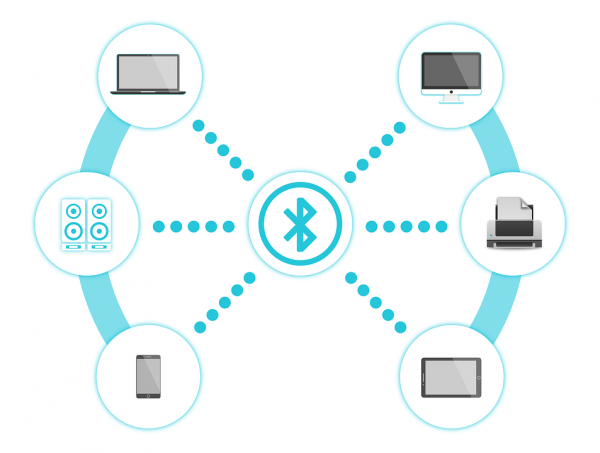


Luckily, whatever the case, Mac OS X makes it easy to connect to a shared printer. This effectively lets you place the printer anywhere you want, as long as your home's Wi-Fi signal covers it. The third is a printer attached to a computer and shared, via either a Windows, Mac or Unix computer. You can use a short Ethernet cable to connect it to your printer. Learn what to do if your Mac doesnt connect to the internet after joining the Wi-Fi network. Enter the requested network name, security, and password information. You can press and hold option-click the WiFi icon and then use shift-command-5 to take. To connect to a Wi-Fi network that you know is hidden, choose Other Networks (or Join Other Network) from the Wi-Fi menu, then choose Other. The wireless status menu on your Mac should also give us quite a lot of information that would help us identify the issue. This adapter sends and receives data wirelessly and then pushes it out via the Ethernet port. Use the printer IP address to perform a ping test, the printer IP can be located by selecting the wireless icon on the printer display.
#How to connect mac to printer wifi how to
Related: How to Set Up Ethernet and Wireless Powerline AdaptersĪlternatively, you can get an Ethernet to Wi-Fi adapter for your compatible printer. Select your printer from the Nearby Printers list, or click Add Printer or Scanner from the list of options if your printer doesnt. You can go about this by going to System Preferences followed by Printers & Scanners and then select your printer. However, the fact that you can access it wirelessly from any device connected to your Wi-Fi means you can start printing on it without needing your smartphone or laptop to be physically connected to it. If your printer or Mac device isn’t compatible with AirPrint, try connecting the printer to the Mac using a USB cable and then share the printer with other devices via Wi-Fi. It does not strictly turn your wired printer into a wireless model because it still connects via a LAN cable to your router. If your router has built-in Wi-Fi, that means all wireless devices connected to it can detect and print from the attached network printer. You'll typically find this feature in business printer models, where many users are expected to print documents from different computers.īy using your printer's Ethernet port and attaching it to one of the vacant LAN slots at the back of your router, you're effectively connecting the printer to your local network. Even if your router does not have a USB port or a NAS system occupies it, you can convert your wired printer into a wireless one if it has a built-in Ethernet port.


 0 kommentar(er)
0 kommentar(er)
